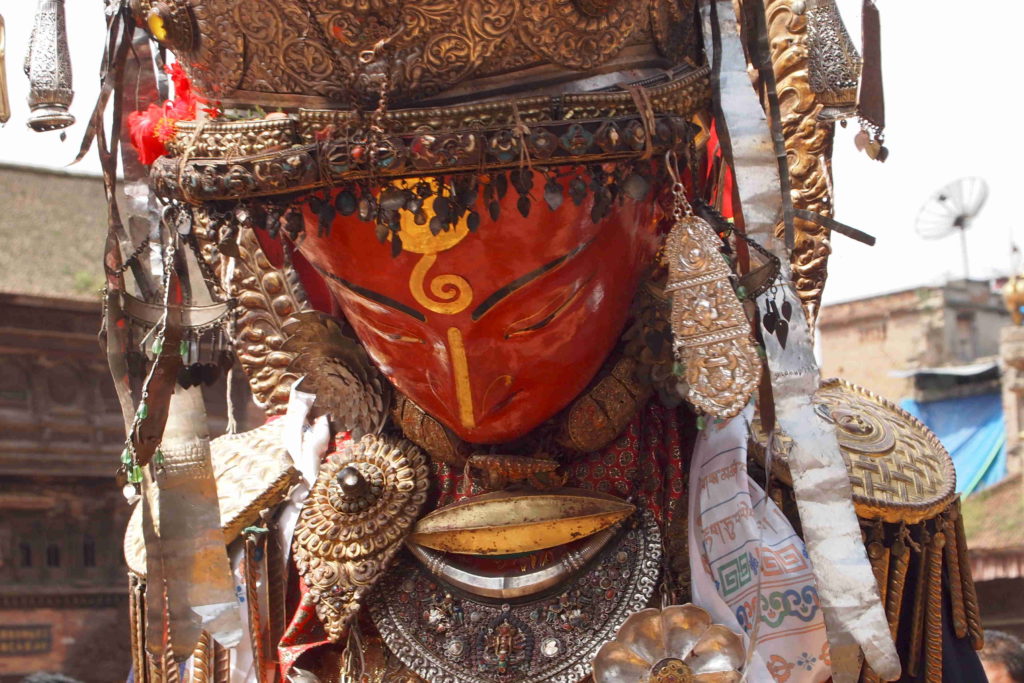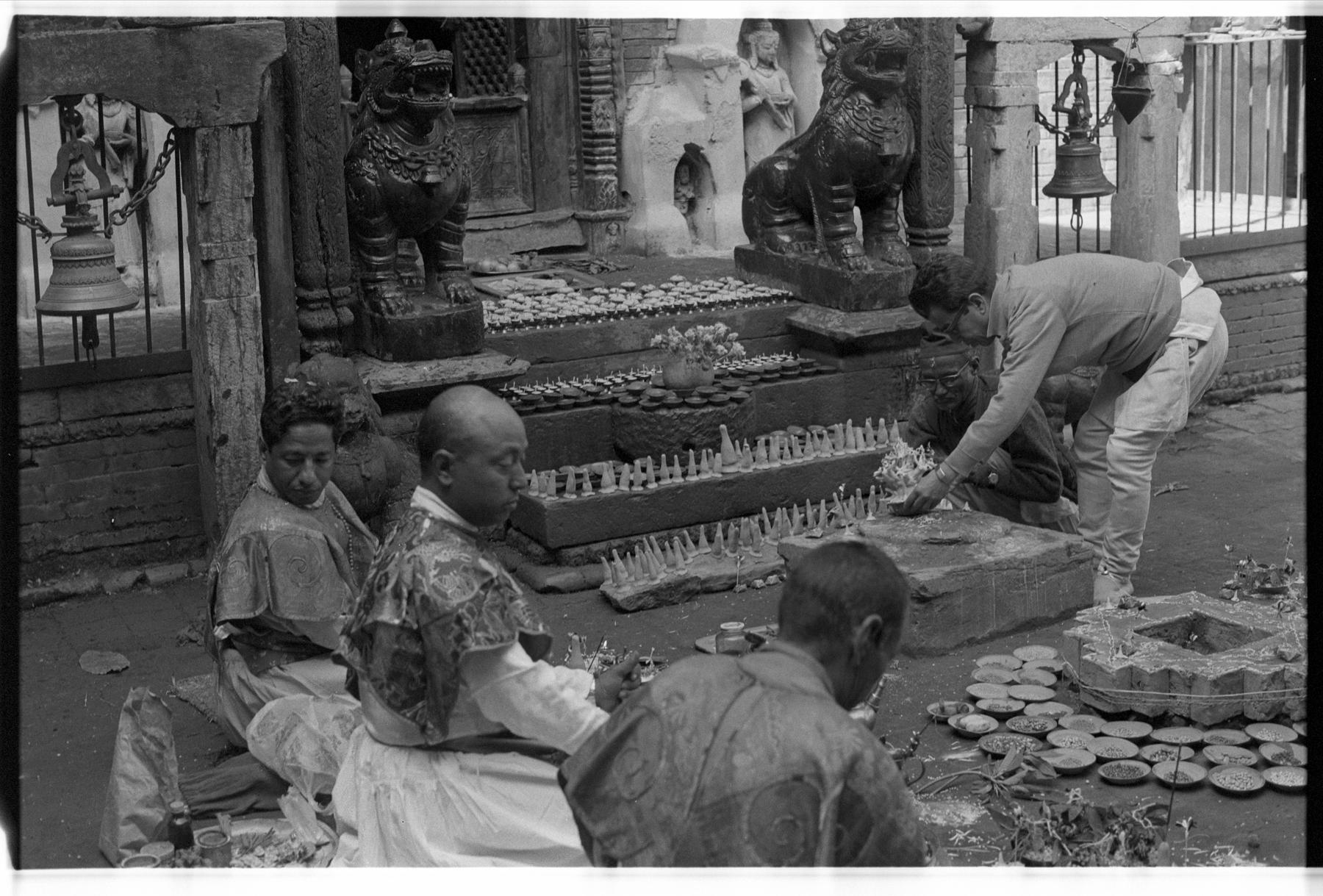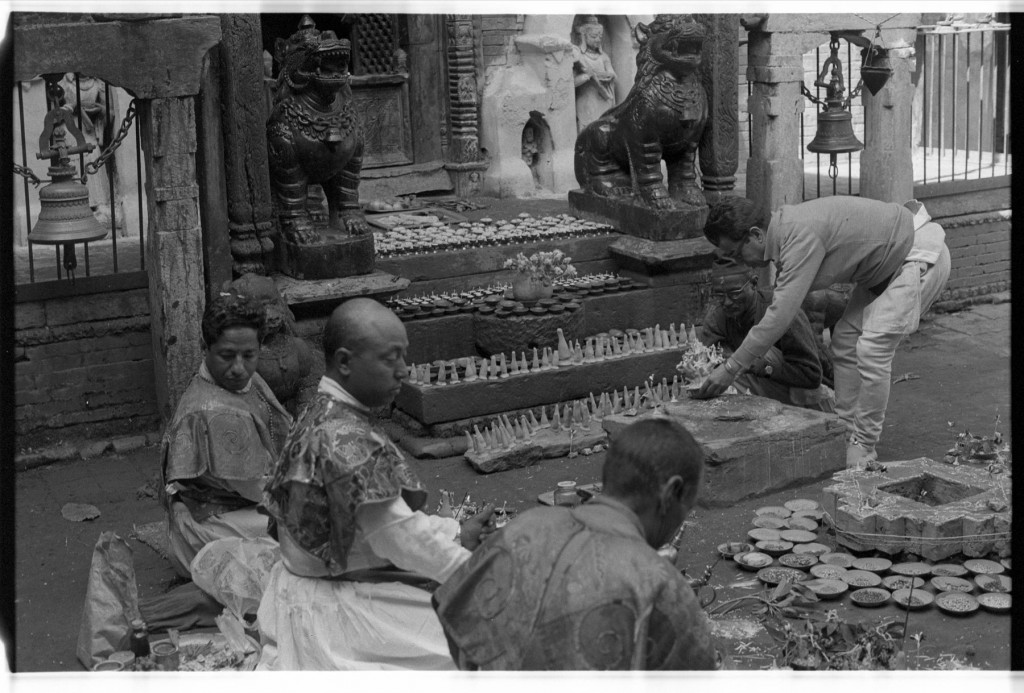Andrea Wollein. 2017. ‘An ethnographic study of the Mūl Dīpaṅkara shrine in Bhaktapur (Nepal): the relationship between people and place’. University of Vienna: M.A. thesis (Masterstudium Kultur u. Gesellschaft des neuzeitlichen Südasiens). 189 pp., 87 figures. URN: nbn:at:at-ubw:1-20536.38953.228466-1 [official notice] [author: facebook]

Abstract: This thesis presents locality specific research in the form of an ethnography that draws both from fieldwork and published scholarly literature. The inter-disciplinary research is contextualized within the wider field of South Asian Studies and pertains to Himalayan, Buddhist and Newar Studies as well as to Tibetology. It is specifically concerned with the socioreligious dimension of Newar Buddhist monasteries (Skrt. vihāra, New. bāhā and bahī), the Buddhist deity Dīpaṅkara and the configuration of the relationship between the two of them as found in the setting of the Mūl Dīpaṅkara shrine in Bhaktapur. Continue reading “Wollein (2017), The Mūl Dīpaṅkara shrine”



